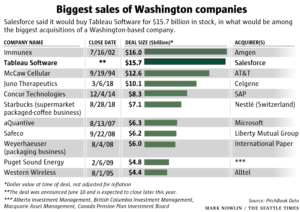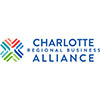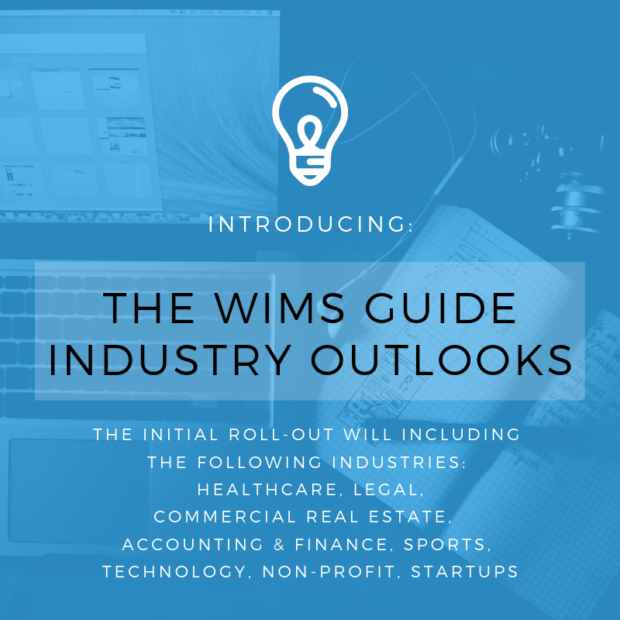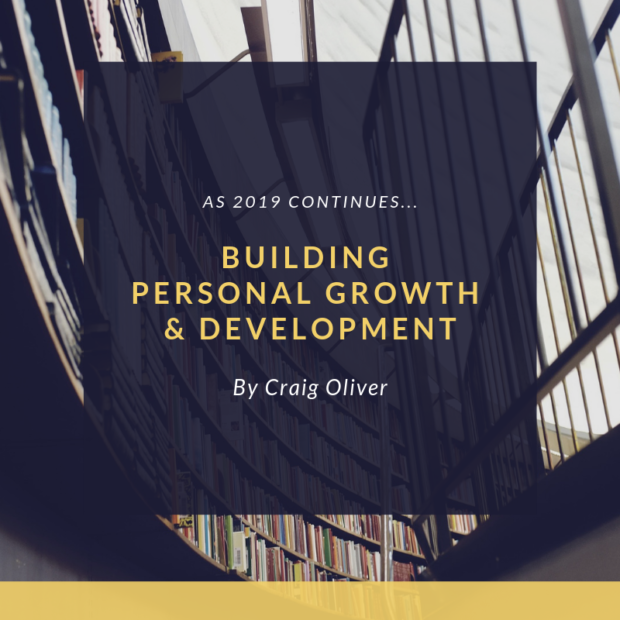What is Kanban?
Kanban is the Japanese phrase for signboard or billboard. It is additionally a scheduling tool used across manufacturing, restaurants, and software development to stay on track and effectively completing tasks for project. The concept originated in Japan by Toyota under the leadership of Taiichi Ohno who worked as an industrial engineer helping to spread the technique of lean manufacturing. Kanban was initially implemented to expedite the just-in-time production method producing a specific quantity of necessary products based on consumer demand.
Overview of Kanban
Understanding the origin and general principles of Kanban allows for an easier adoption of Kanban. If you do not anticipate fully incorporating Kanban, understanding an additional time management and organizational design tool will allow for better results. At its core, Kanban is a form of managing work by balancing the required actions needed to complete work with the available capacity in order to complete different tasks. Since work is completed on a just-in-time manner waste is limited across the entire system. Workers only complete tasks that are necessary at the time the work is being done ensuring that the overall objective is maintained.
Sushi and production management
An example of just-in-time production outside of manufacturing is a sushi menu with a list of possible items and a box to check the quantity and type of each sushi roll. By completing work in a just-in-time manner customers will have fresh sushi rolls that were specifically made for them. On the production side, Kanban reduces food waste since food is prepared only when customers order a specific dish. The combination of reducing food waste and providing customers with fresher food will make the experience of both the restaurant and the customer more enjoyable.
Kanban board
However, the implications go beyond sushi! The seamless structure of ordering fresh rolls makes for an easy to grasp visual and edible example. The Kanban board is a practical visual tool used to follow the journey into Kanban by displaying relevant tasks on a visual board. While every Kanban board will be structured in a unique way to maximize value to the user, the general concept is that work is tracked from left to right as progress is made. Kanban boards can be utilized on whiteboards with sticky notes, in a spreadsheet of your choice, or through the online project management software of your choice including Zoho, Trello, and Atlassian.
Further Actions
Like any methodology, the key to becoming successful with Kanban is to stick to something that you will commit to the long run. Success through using Kanban can be maximized through additional agile frameworks ensuring that the quality of work is improved through focusing on moving tasks through the system and completing them in a timely manner. The importance of continual improvement, self-reflection, and increasing output are meaningful to the project itself and the outlook of the workers on the project by empowering them to take more ownership of the finished product. Kanban holds an important value by taking ownership of your own life and fully understanding the power of this approach and is beneficial for those who embrace Kanban and those who study it. Tools are merely the instruments used to accomplish goals and since Kanban is a tool it can be used in varying degrees to reach goals, set new ones, and complete projects in more efficient ways.








